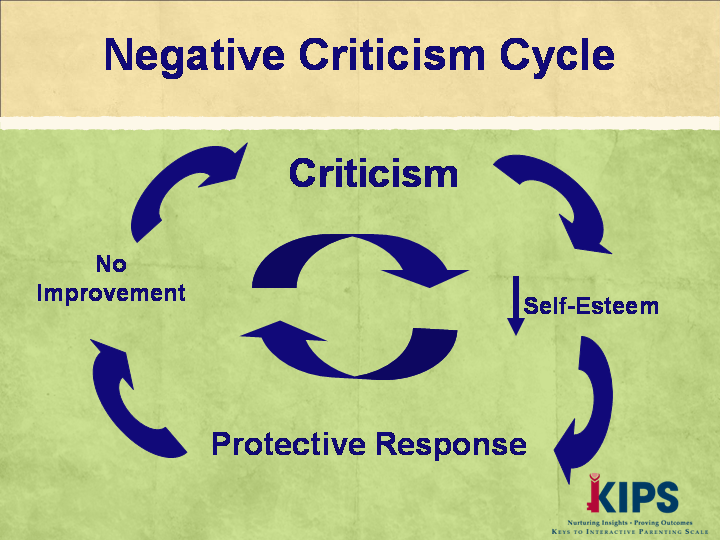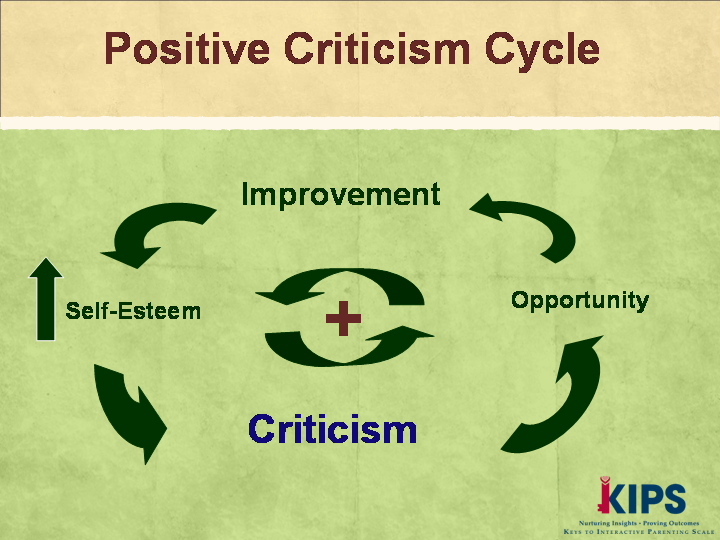
Modeling Receiving Feedback to Improve Parenting Outcomes
Previously in the series on parenting assessment feedback, we explored the strategies and skills involved in giving effective feedback to parents. In the most recent post, we looked at the importance of modeling receiving feedback before promoting changes in parenting using assessment information. Since few people have consciously developed skill in receiving feedback, modeling it before expecting parents to receive feedback is particularly powerful.
What are the elements of receiving feedback one should model for parents?
In the Feedback Workshop, we do an exercise to explore this. We ask the participants to recall a time when they gave someone feedback and they could tell during the conversation that the person was receiving it well. We then make a list of the common elements. This list serves to fill in the specific examples for discussion. We review the list and ask the question “Is there anything on this list of which you are incapable?” Like the question we ask on giving effective feedback, there are no unusual skills. Most people are capable of receiving feedback well.
At the top of most participants’ lists is that the recipient seemed to welcome the information. This is in sharp contrast to those who become defensive. One of the most common features of someone who receives feedback well is that she/he listens actively. Listening actively makes the person giving feedback feel safe. Most people are concerned that the receiver of feedback won’t take it well. So a first step is to assure the giver of feedback that you welcome the opportunity to improve. Many people will try to sugar coat the feedback. But if the receiver asks the giver to elaborate or asks clarifying questions, then it puts the giver at ease and provides permission to proceed forthrightly.
Many recipients feel a need to explain or justify why something is less than perfect. Modeling effective feedback, refrain from the urge to explain. At first, focus on just trying to understand what the parent is saying. This acknowledges that helping spirit the other person is showing you.
Once you think you understand, then reflect back what you heard, using your own words. This check-in gives you a chance to be sure you interpreted the feedback correctly. There is a real tendency to personalize or catastrophize feedback. By reflecting what you’ve heard, you get a chance to see whether your interpretation is accurate. Next, you can model how one explores alternatives for improvement. This conversation models what you aim to have happen when it is time for you to coach the parent after conducting a parenting assessment.
Someone who receives feedback well considers the response, explores options, and follows up with how they can improve. Exploring improvement with the person giving the feedback builds the relationship. As mentioned previously, by seeking feedback from the parents you serve early, while you are building your relationship, it helps you build your partnership, begins two-way conversations and improves your services.
Many clients receiving parenting services won’t be skilled at giving feedback. If you can show a welcoming spirit and eagerness to improve your services to meet their family’s needs and preferences, you will be modeling the skills and setting the norms for welcoming growth and change in behavior.
Cycles of Response to Feedback
In the Feedback Workshop, we show how avoiding or rejecting feedback sets up a negative cycle.

If a parent sees feedback as an attack on their self-esteem, then she/he has a protective response, which inhibits improvement. This can lead to -yes thats right- even more criticism, which only continues and worsens the cycle.
We also show how, by changing just one step, a positive self-perpetuating cycle of seeking and using feedback can be generated.

If a parent can see feedback as an opportunity for improvement, then she/he is more likely to use the information. Using the information leads to notable improvement, which enhances self-esteem, making one more likely to seek more feedback, creating a continuous positive cycle.
It all comes down to the first step. Do you experience feedback as something that lessens your self-esteem, or as an opportunity for improvement? After the first step, the cycles run automatically. You make the choice. See feedback as an attack and you fall into the negative cycle. See feedback as an opportunity and you are drawn up into the positive expanding cycle. Your modeling taking the positive step of seeing feedback as opporunity can show the positive path for parents. By modeling receiving feedback well, you can plant the seeds for success when you share the results of a parenting assessments, like KIPS.
